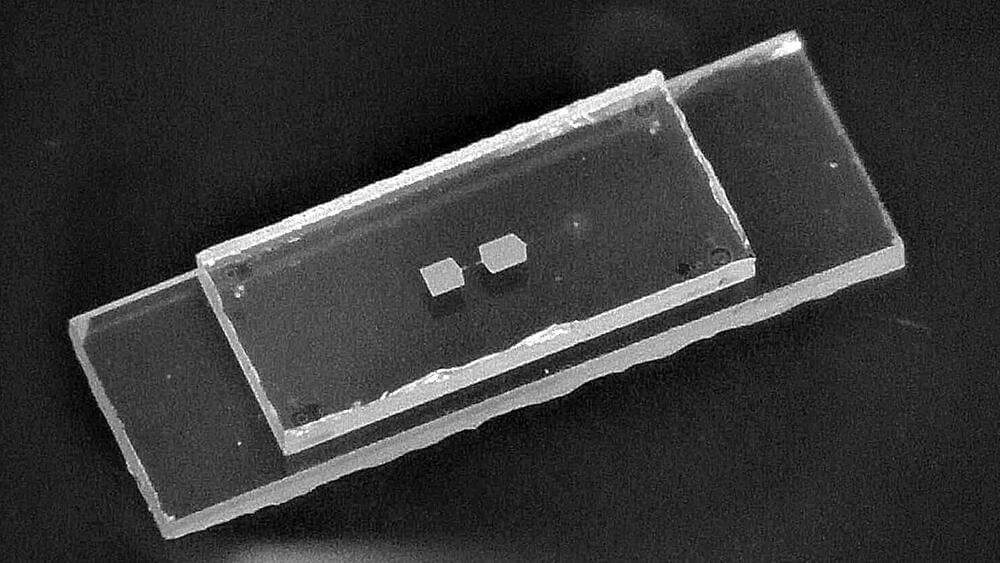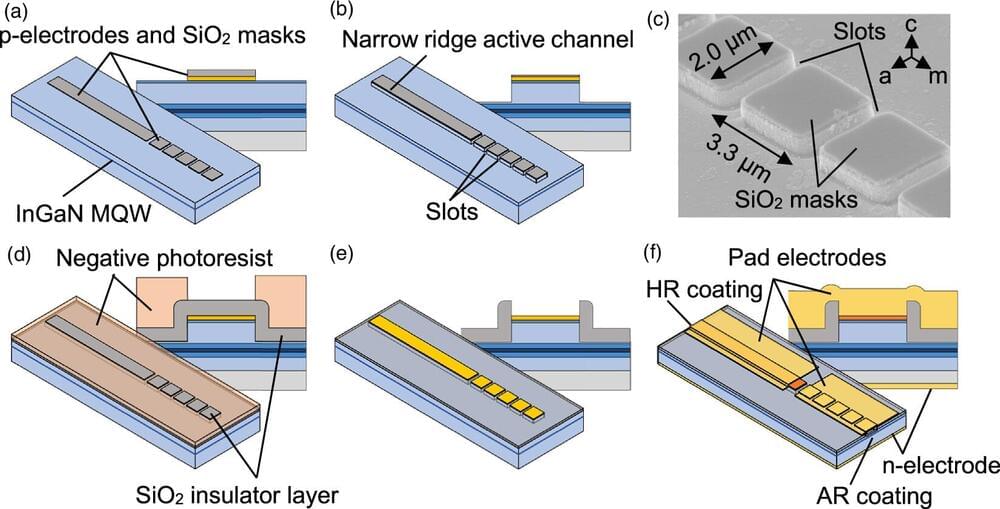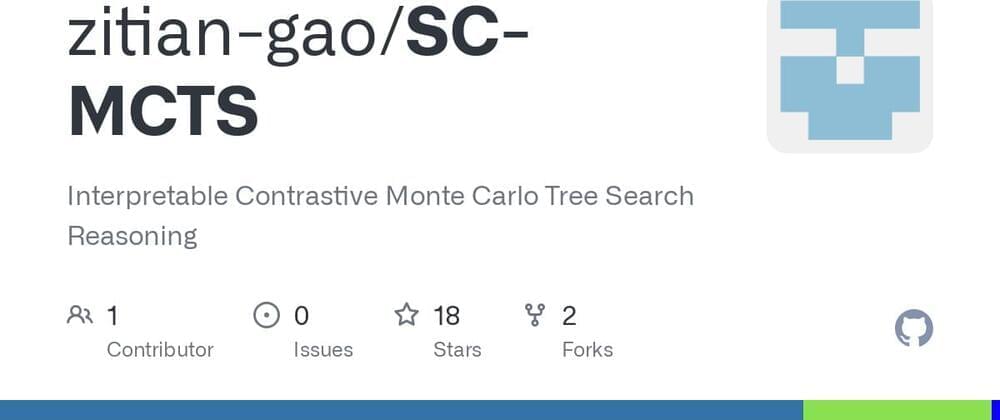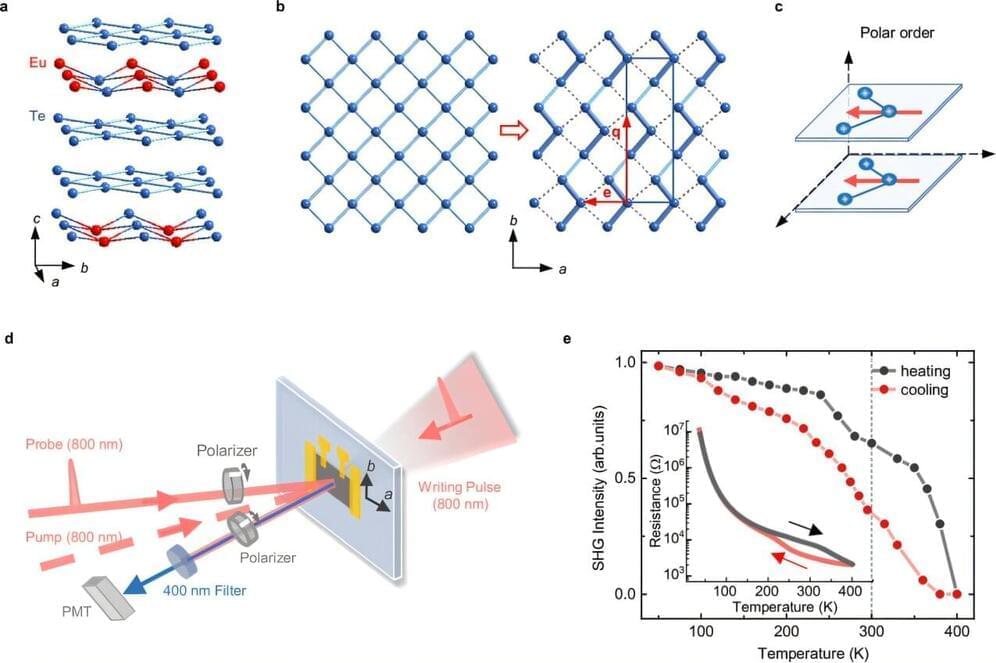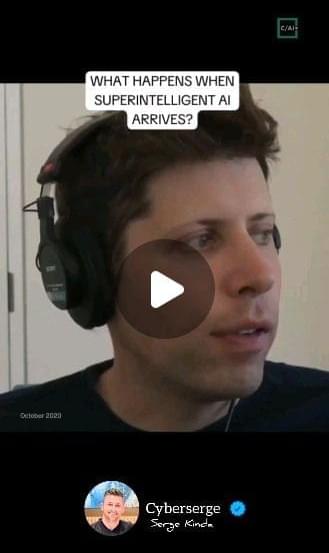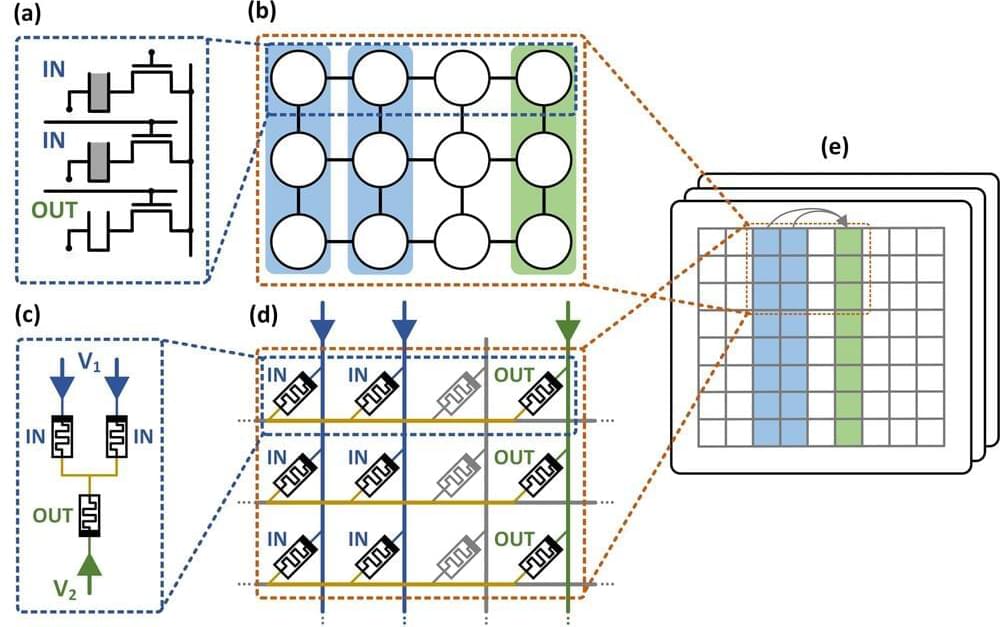Google is committing $20 million in cash and $2 million in cloud credits to a new funding initiative designed to help scientists and researchers unearth the next great scientific breakthroughs using artificial intelligence (AI).
The announcement, made by Google DeepMind co-founder and CEO Demis Hassabis during a fireside chat at the closed-door AI for Science Forum in London today, feeds into a broader push by Big Tech to curry favor with young innovators and startups, a strategy that has included acqui-hires, equity investments, and cloud partnerships — some of which has attracted the attentions of regulators.
This latest announcement, via Google’s 19-year-old philanthropic arm Google.org, is different in that it centers on non-equity funding for academic and non-for-profit institutions globally. But similar to other Big Tech funding and partnership initiatives, this will go some way toward helping Google ingratiate itself with some of the leading scientific minds, through direct cash injections and by providing infrastructure to power their projects. In turn, this positions Google well to acquire future customers — particularly those currently on the cusp of doing great things, working on projects that require significant AI tooling and compute, which Google can provide.

